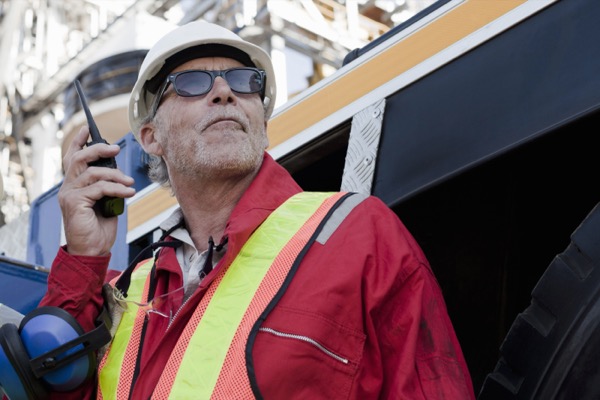In the dynamic landscape of workplace safety, navigating the regulations and standards set by the Occupational Safety and Health Administration (OSHA) is essential for ensuring a secure work environment and preventing potential hazards. Understanding OSHA standards is a fundamental aspect of safeguarding employees, upholding compliance, and maintaining a culture of safety consciousness within organizations. Let’s delve into the key concepts of OSHA standards and their significance in hazard prevention.
OSHA Standards: Safeguarding Workplace Health and Safety
OSHA standards serve as a guiding framework aimed at protecting the health and well-being of workers across various industries. These standards establish requirements for workplace safety practices, training, hazard communication, recordkeeping, and more, with the overarching goal of reducing occupational risks and promoting a safe work environment.
Comprehensive Training and Education Programs
One of the cornerstones of OSHA standards is the emphasis on comprehensive training and education programs for employees. By ensuring that workers are well-informed about potential workplace hazards, safety protocols, and emergency procedures, organizations can empower their workforce to identify, report, and mitigate risks effectively. Training programs also play a vital role in instilling a culture of safety awareness and accountability among employees.
Hazard Identification and Risk Assessment
OSHA standards stress the importance of conducting thorough hazard identification and risk assessment processes to proactively address potential dangers in the workplace. By identifying hazards such as chemical exposures, ergonomic risks, mechanical hazards, and more, organizations can implement preventive measures to mitigate risks and create a safer work environment for employees.
Personal Protective Equipment (PPE) Requirements
OSHA standards outline specific requirements for the selection, use, and maintenance of Personal Protective Equipment (PPE) to safeguard employees from workplace hazards. Employers are mandated to provide appropriate PPE, such as protective clothing, goggles, gloves, and respiratory equipment, to workers exposed to specific risks. Ensuring compliance with PPE standards is crucial for minimizing the likelihood of injuries and illnesses in the workplace.
Recordkeeping and Reporting Procedures
Maintaining detailed records of workplace incidents, injuries, near misses, and safety violations is a key component of OSHA standards. Employers are required to keep accurate records and report certain workplace incidents to OSHA to ensure transparency, accountability, and compliance with regulatory requirements. By documenting safety data and conducting thorough investigations, organizations can identify trends, address systemic issues, and implement preventive measures to enhance workplace safety.
Continuous Compliance and Improvement
Adhering to OSHA standards is an ongoing commitment that requires regular audits, inspections, and assessments to ensure compliance with regulations and identify areas for improvement. Organizations must stay abreast of evolving OSHA guidelines, industry best practices, and technological advancements in hazard prevention to proactively address emerging risks and enhance workplace safety standards.
Understanding OSHA standards and their implications for workplace safety is vital for organizations seeking to navigate the complexities of hazard prevention effectively. By prioritizing compliance, comprehensive training, hazard identification, PPE requirements, recordkeeping, and continuous improvement, organizations can create a culture of safety excellence that prioritizes employee well-being, risk mitigation, and regulatory adherence.
Reference:







